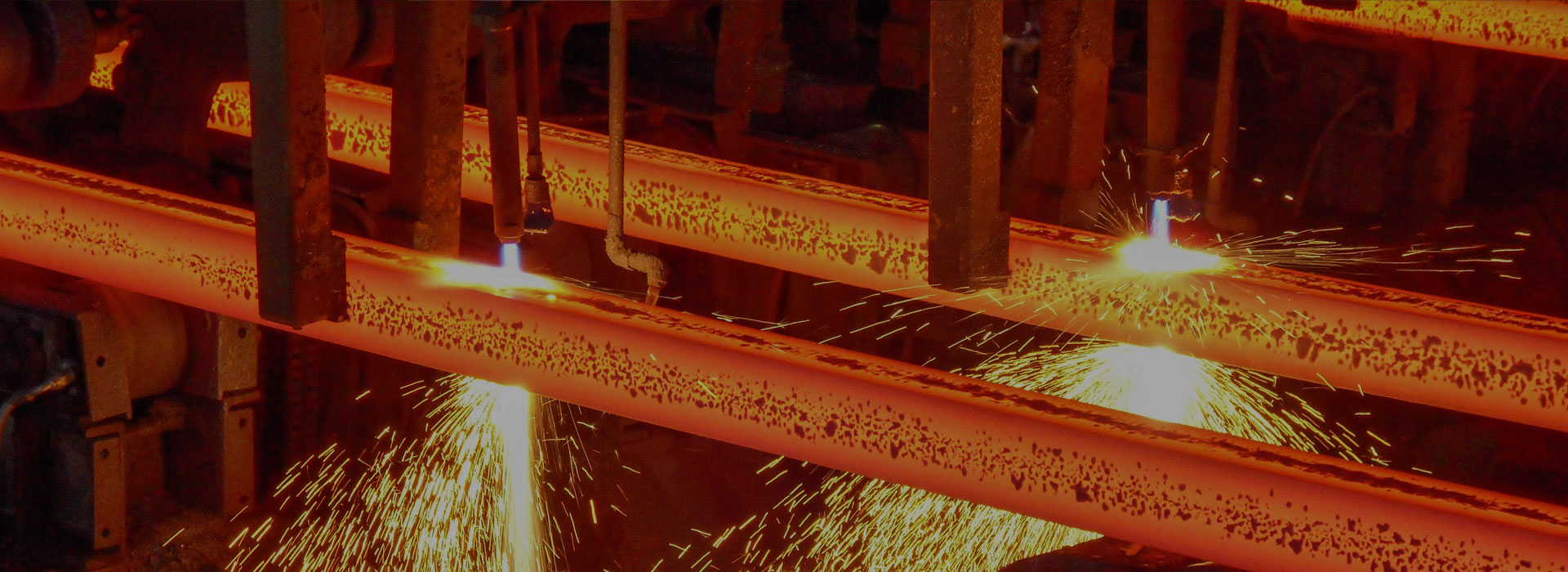Connecting Rod Bracket: The Importance of Cast Iron in Engine Performance
2023-06-28
The connecting rod bracket is an essential component in the engine assembly that connects the connecting rod to the crankshaft. It plays a crucial role in the engine's performance and durability. Cast iron is the most commonly used material for connecting rod brackets due to its strength, durability, and resistance to wear and tear.
Cast iron connecting rod brackets are made by pouring molten iron into a mold and allowing it to cool and solidify. The resulting product is a strong and durable bracket that can withstand the high stresses and temperatures of engine operation. Cast iron is also resistant to corrosion, making it an ideal material for use in engines that are exposed to harsh environments.
One of the main advantages of cast iron connecting rod brackets is their ability to dampen vibrations and reduce noise. The bracket acts as a buffer between the connecting rod and the crankshaft, absorbing the shock and vibration generated by the engine's operation. This helps to reduce wear and tear on the engine components and prolong the engine's lifespan.
Cast iron connecting rod brackets are also easy to machine and can be manufactured to precise specifications. This ensures that the bracket fits perfectly into the engine assembly, reducing the risk of failure or damage. Cast iron brackets are also relatively inexpensive compared to other materials, making them a cost-effective option for engine manufacturers.
Cast iron connecting rod brackets are made by pouring molten iron into a mold and allowing it to cool and solidify. The resulting product is a strong and durable bracket that can withstand the high stresses and temperatures of engine operation. Cast iron is also resistant to corrosion, making it an ideal material for use in engines that are exposed to harsh environments.
One of the main advantages of cast iron connecting rod brackets is their ability to dampen vibrations and reduce noise. The bracket acts as a buffer between the connecting rod and the crankshaft, absorbing the shock and vibration generated by the engine's operation. This helps to reduce wear and tear on the engine components and prolong the engine's lifespan.
Cast iron connecting rod brackets are also easy to machine and can be manufactured to precise specifications. This ensures that the bracket fits perfectly into the engine assembly, reducing the risk of failure or damage. Cast iron brackets are also relatively inexpensive compared to other materials, making them a cost-effective option for engine manufacturers.
In conclusion, the connecting rod bracket is a critical component in the engine assembly, and cast iron is the material of choice for its manufacture. Cast iron connecting rod brackets offer excellent strength, durability, and resistance to wear and tear, making them ideal for use in engines. They also help to reduce vibrations and noise, ensuring smooth engine operation and prolonging the engine's lifespan.

X
We use cookies to offer you a better browsing experience, analyze site traffic and personalize content. By using this site, you agree to our use of cookies.
Privacy Policy



